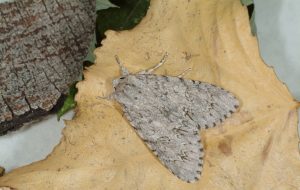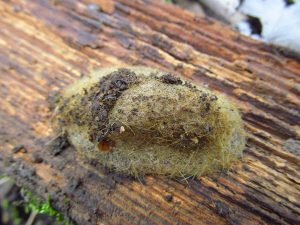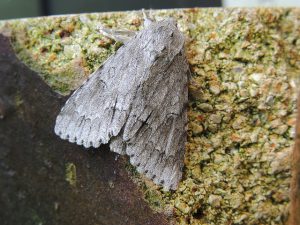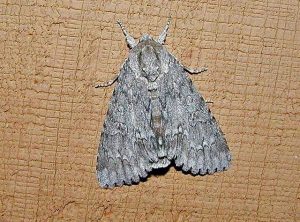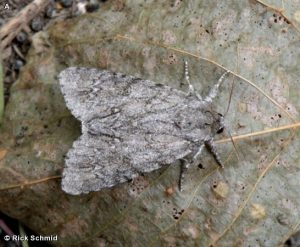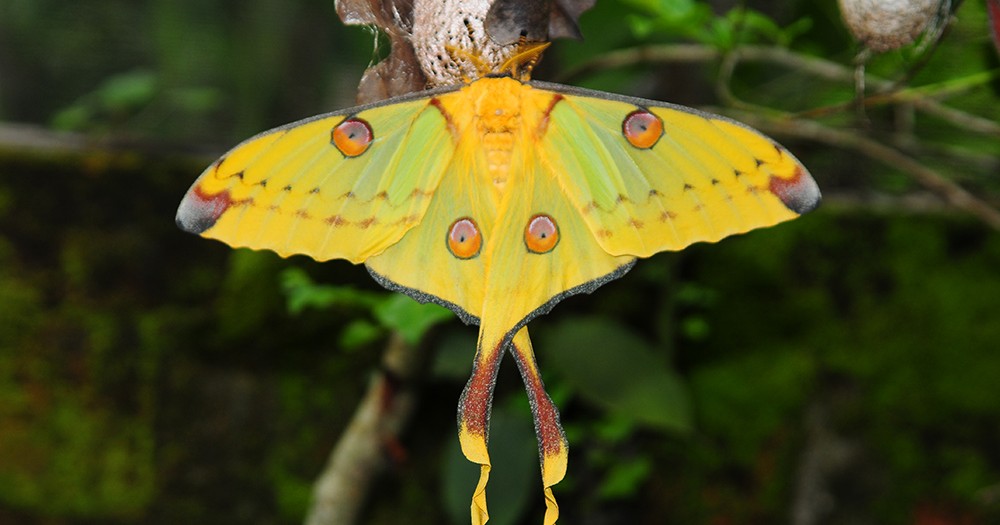American Dagger Moth (Acronicta Americana)
The American dagger moth indigenous to North America was described first in 1841 by American entomologist Thaddeus William Harris. They got their name because of the markings on their forewings that resemble a dagger.
Description and Identification
Caterpillar
When young, the larva has yellow hair on its body that turns white or pale yellow upon maturation. The first and third segments of both the young and old instars’abdomens possess thin black setae. While the eight abdominal segment has only a single tuft of black hair. The average length of the caterpillar is 5cm. It mostly eats leaves of birch, hickory, maple, oak, and various other deciduous trees.
Adult Moth
Sexual Dimorphism: Present
Color and Appearance: When the wings are opened they appear dark grey. Black zig zag lines run up and down through the forewings. Varied patterns like black and white checks, black rings, and a white band are also seen throughout the fore and hind wings. The color pattern of the hind wings differs in both the sexes. For males, a part of it is light gray, while in females it is completely dark. When the wings are closed, they are dull gray without any markings.
Average wingspan: 5 to 6.5 cm
Flight pattern: Erratic
Season: April to September
Eggs
The eggs are small and round, hatched mostly during late spring.
Quick Facts
| Distribution | In North America, particularly to the eastern part of the Rocky Mountains |
| Habitat | Forests and deciduous woodlands |
| Predators | Bats, and beetles |
| Lifespan of Adults | About a week |
| Host Plants | Maple species (Acer), Boxelder (Acer negundo), Alder species (Alnus), Birch species (Betula), Hickory species (Carya), Chestnut species (Castanea), Poplar species (Populus), oak species (Quercus), Basswood species (Tilia), Elmus species (Ulmus), American hornbeam (Carpinus caroliniana) |
| Adult diet | Mostly nectar |
Did You Know
- The hairs of the caterpillar are known to irritate human skin upon stinging, requiring medical intervention. However, no evidence has been found to reveal the toxicity of their venom.
- The American dagger moth has three subspecies: Acronicta Americana Americana, Acronicta Americana obscura, and Acronicta americana Eldora.
Scientific Classification
- Family: Noctuoidea
- Genus: Acronicta
- Scientific Name: Acronicta americana,

